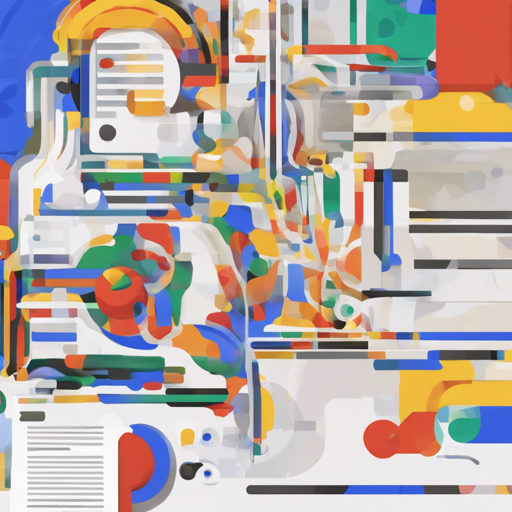Welcome to our user-friendly guide on harnessing the power of Grounded Segment Anything for your inpainting projects! If you’re looking to create stunning visual content using advanced machine learning models, you’ve come to the right place. In this article, we’ll walk you through the steps to get started with custom inpainting models on Google Colab, complete with troubleshooting tips.
What is Inpainting?
Inpainting refers to the process of reconstructing lost or deteriorated parts of images. Imagine you have a beautiful painting with a small tear. Inpainting is like an artist carefully filling in that tear to restore the painting to its original glory. Similarly, we can use inpainting models to intelligently fill in gaps in images, creating stunning results.
Getting Started with Google Colab
In order to use the grounded-segment-anything models, you will need to access Google Colab where you can run your projects in a cloud environment without any heavy installations on your local machine. Below are the steps to get you started:
Step 1: Open the Colab Notebook
Click on the following link to open the Colab notebook:
Open In ColabStep 2: Select the Custom Inpainting Model
Choose the appropriate model compatible with 16-bit inpainting diffusion. Here are your options:
- dreamlike-diffusion-1.0-inpainting
- runwayml/stable-diffusion-inpainting
- f222-inpainting
- realistic_vision_inpainting
- SS_0.15_x_protogen-inpainting
- PhotoMerge-inpainting
- AniMerge-inpainting
Step 3: Run the Code
After selecting the model, run the code cells sequentially in your Colab notebook. Each cell will perform a specific function designed to prepare and process your images using inpainting techniques.
Understanding the Code: An Analogy
The code you will be running in Colab is akin to a recipe for a complex dish. Just like a recipe outlines ingredients and steps to create a final culinary masterpiece, each line of code in your notebook serves a purpose. Think of the imports as your ingredients—without them, you can’t cook. The processing commands are the cooking techniques, and executing the cells sequentially is like following the recipe step-by-step. If you skip a step, the end result might not turn out as expected!
Troubleshooting Tips
If you encounter issues while setting up or running your models, here are some troubleshooting ideas:
- Ensure you have a stable internet connection as Google Colab requires it for processing.
- If a model fails to load, double-check that it is compatible with the Free T4 instance provided by Colab.
- Try refreshing the Colab page if cells do not execute properly.
- For more insights, updates, or to collaborate on AI development projects, stay connected with fxis.ai.
Conclusion
By following these steps, you’re now equipped to dive into the world of inpainting with grounded-segment-anything models on Google Colab. Unleash your creativity and refine your image editing skills with this powerful tool!
At fxis.ai, we believe that such advancements are crucial for the future of AI, as they enable more comprehensive and effective solutions. Our team is continually exploring new methodologies to push the envelope in artificial intelligence, ensuring that our clients benefit from the latest technological innovations.
Additional Resources
Happy inpainting!

